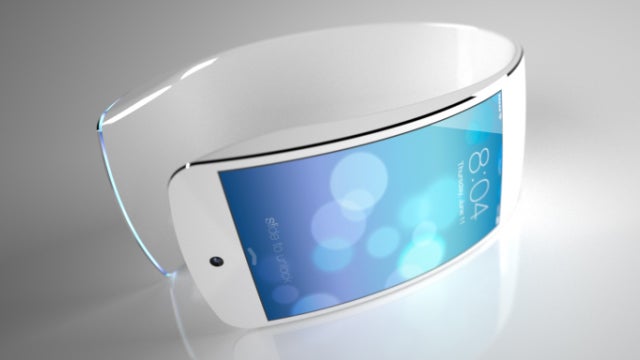Apple experimenting with wireless, solar, and movement charging for iWatch

Apple is branching out in its attempts to provide decent battery life for its much rumoured Apple Watch project, including experiments in the fields of solar and wireless charging.
That’s the claim being made in a recent New York Times report, at least, and it follows last month’s suggestions that Apple was struggling to get satisfactory battery performance from its iWatch.
According to a person briefed on the project, Apple has been playing around with magnetic induction techniques similar to those used in a number of Nokia smartphones (such as the Nokia Lumia 920).
This effectively involves laying your smart device down onto a plate, which is plugged into the mains. Power is then transferred across using a magnetic field, negating the need to plug anything into the device itself.
If such a technique is familiar to smartphone fans, the report also claims that Apple has been looking at new techniques for prolonging the iWatch battery life. It reiterates that the Apple iWatch will have a curved screen, but states that under that could be placed a “solar-charging layer.”
Back in September we reported on the news that Apple had posted a job listing for engineers with solar charging expertise. At the time we speculated that this could mean an at least partially solar-powered iPhone in the near future, but a solar-powered iWatch would make even more sense.
After all, a watch tends to be exposed to natural light more than a smartphone, with the latter tending to be kept in pockets and bags when not in use. Still, the report claims that such a practical solar charging technology could be “years from becoming reality.”
Another, more proven, charging technology Apple is said to be examining is movement-based. Already in use in a number of current watches, this uses a wearer’s natural arm motion to supply additional power to the watch.
Read more: iOS 7 tips and tricks


